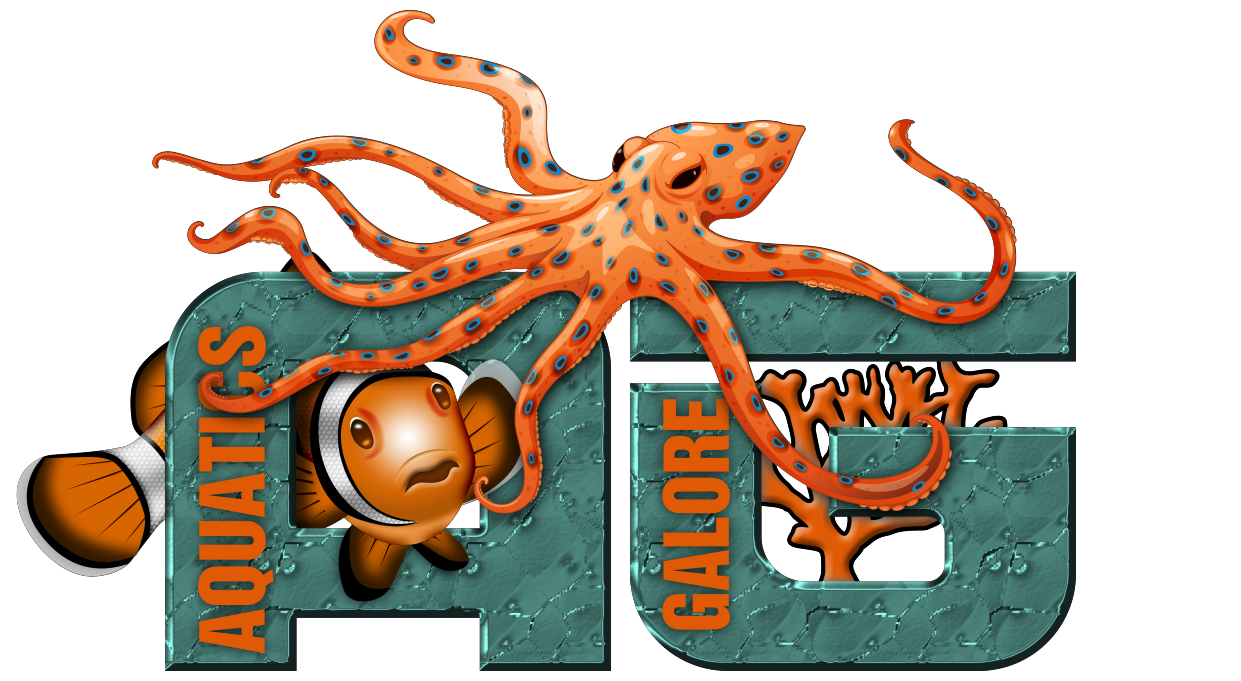I Bought A Tank… What’s Next?
Acclimating New Fish
When you introduce any fish to a new tank, it’s always important to acclimate them first. Here a step by step guide to help make your little guys transition to their new home as stress-free as possible.
- 1. Dim the Lights: Turn off all your aquarium lights to make the tank as dark as possible. This helps your new fish feel more secure and can reduce aggression from existing tank inhabitants.
- 2. Temperature Acclimation (15 minutes): Place the still-bagged fish into your aquarium. Allow them to float for 15 minutes. This step lets the water temperature in the bag gradually equalize with your tank’s temperature.
- 3. Water Parameter Acclimation (Gradual Mixing): After the temperature has adjusted, open the bag and begin adding a small amount of your tank water to it every few minutes. Continue this process until the bag contains roughly 50% original bag water and 50% tank water. This slow mixing helps your new fish adjust to your aquarium’s specific water chemistry without shock.
- 4. Introducing Your New Fish: Carefully scoop the fish out of the bag using a net or your hand and gently release them into your aquarium. Never dump the bag water directly into your tank, as it can introduce unwanted foreign water and potential contaminants to your established system.
Advanced Tip for Aggressive Tanks
If you have an established tank with aggressive inhabitants, consider rearranging some of your aquarium décor or rocks. This temporarily disrupts existing territories, making the current fish feel less territorial and potentially less aggressive towards the newcomer.
Pro Tip: If you like your current aquascape, simply take a photo before you rearrange. You can easily move the rocks back to their original positions after a few days, once your new fish has settled in!


Feeding
Feeding is not as easy as just tossing in a few flakes and walking away. If done improperly, it can actually be very harmful to your tank, such as spiking harmful parameters. Because it is very common to overfeed tanks, we’re here to give you a few pointers on how to remedy that.
- 1. Always know what your fish’s diets should contain!
Tangs need a large amount of algae and greenery. Angels need meat and sponge, as well as algae. - 2. Feeding technique varies from tank to tank.
A good rule of thumb is to always make sure you are feeding slowly enough that little to no food reaches the sand bed – this causes the Nitrates to go up in your tank, due to the uneaten food. It’s always a good idea to have at least one hermit crab per gallon of your tank, because any food that does get left behind will quickly be eaten up.


